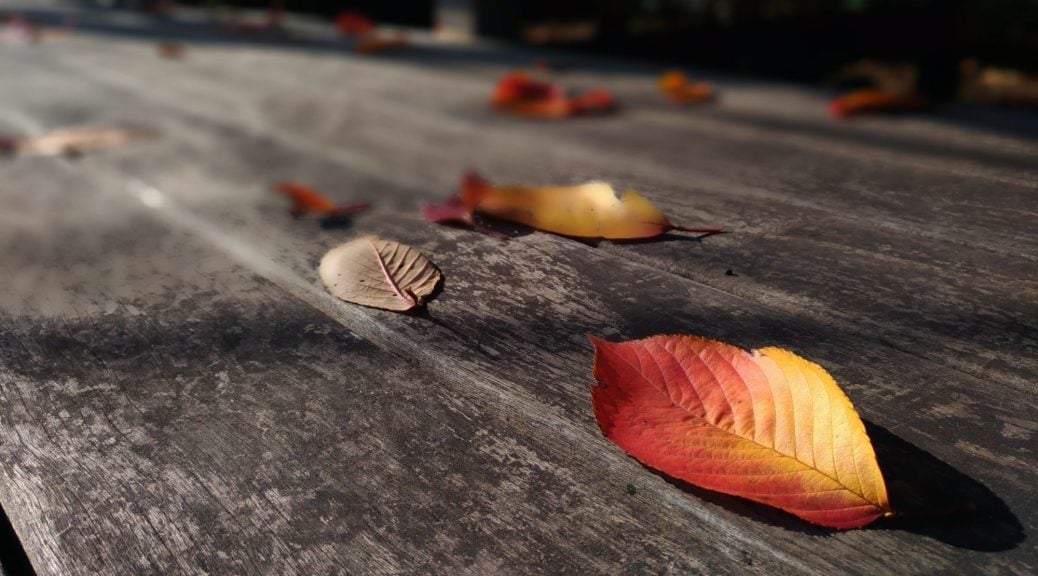Soon, the crisp autumn weather will leave us behind and a healthy layer of snow will blanket the ground. When that happens, you need to make sure that you’re ready. You have to winterize your deck.
If you don’t, the snow and ice that comes with the chilly season will trap moisture into the wood and cause mold and rot. If that happens, you’ll have to replace your Ipe wood deck as soon as the warm weather comes back.
Preparing your hardwood decking goes further than sealing it to keep moisture out. Check out this guide for a full list of steps that you should take to winterize your deck.
Do a General Inspection
First things first, take a look around your deck to see how things look. It will be hard to make general repairs once your deck is covered in snow so, it’s best that you get it out of the way now.
Secure any loose nails that you find. If there are some boards that are looking a bit worse for wear, chances are they won’t last through the winter. Go ahead and have them replaced.
Clean Things Up
Once everything looks good and secure, it’s time to do a little cleaning. If you leave any leaves or pine needles on your deck, they’ll trap in moisture and cause the wood to rot.
Sweep all of it away and bring your potted plants inside if you can. Not only will the winter weather harm the plants but the moisture the pots give off might rot your hardwood decking as easily as the pine straw will.
Check for Weak Tree Branches
You can prepare your deck for the winter all you want but if a tree branch falls on it, all your hard work will be for nothing. Look for signs of tree rot.
If you see any dead branches, go ahead and trim them away. It’s good for the health of the tree and it will save your deck from any unfortunate accidents.
If you live in an area that sees heavy amounts of snow and ice, even a healthy branch might break. You might want to do some trimming just in case.
Power Wash
You don’t want to leave grease and other gross residue sitting on your deck throughout the winter. Rent a power washer and clean any and all mildew off your deck.
If you have an older deck, a power washer might do more harm than good. Instead, go over it with a bleach-free cleaner. This will be enough to get rid of grease and mildew without discoloring and chipping the wood.
Perform the Water Test
It’s time to test your wood to see how it holds up to water. Give your deck a small spritz with a garden hose and see if the water runs off. If it does, you don’t have much to worry about.
If it doesn’t you should re-stain your deck to create a layer of protection. You should pay extra attention to the areas where the water pools. It might be a good idea to have the boards in those places replaced.
Seal the Deck
As we said above, if your deck is no longer repelling water as it should, it’s time to re-stain it or waterproof it. Now, you can’t throw a sealer on it can call it a day.
You have to pay attention to the weather first. If you don’t, the sealer won’t be as effective and your wood will rot before the winter ends.
Play the Waiting Game
Your deck has to be completely dry before you throw a sealer on it. If it’s not, as the deck dries the sealant will come out of the wood along with the water.
The good news is that there are a few signs that your deck will give off when it’s ready to be sealed. The wood will turn a lighter color and you’ll be able to see a little bit of space between the boards.
Check with the Weatherman
Warm weather helps the seal dry faster and makes it more effective. This being said, check to make sure that the weather is going to be above 50 degrees for at least 48 hours after you seal the deck.
This is easier said than done. While fall and spring weather usually stays above 50 degrees during the day, the temperature may plummet during the night and ruin your sealant.
The temperature isn’t the only thing that has to be favorable. Take a look at the 5-day forecast to check for rain, snow, sleet, and other nasty weather conditions.
Store Your Plants and Furniture
Again, you want to store your plants away because the pots will trap moisture into your deck. The cold weather might also ruin your ceramic pots and kill your plants. Check the leaves for spiders and other creepy crawlies and bring the pots inside.
The same can be said about your outdoor furniture. You won’t be having a family BBQ in the middle of the winter so wash down your furniture and store it away until the warm weather comes back. If you don’t, you’ll be buying a new set when the springtime comes along.
Winterize Your Deck in Time for the Cold Season
You need to take the proper steps to winterize your deck before the icy weather brushes through. This way, you won’t have to deal with rot and mold in the spring.
Take the time to seal the deck, remove your potted plants, put away your furniture, and clean the wood. Trust us when we say you won’t regret it.
If you want your deck to be dry enough for sealing before the cold weather hits, it might be a good idea to begin your deck building project now. Check out our large selection of Ipe decking to get started.

